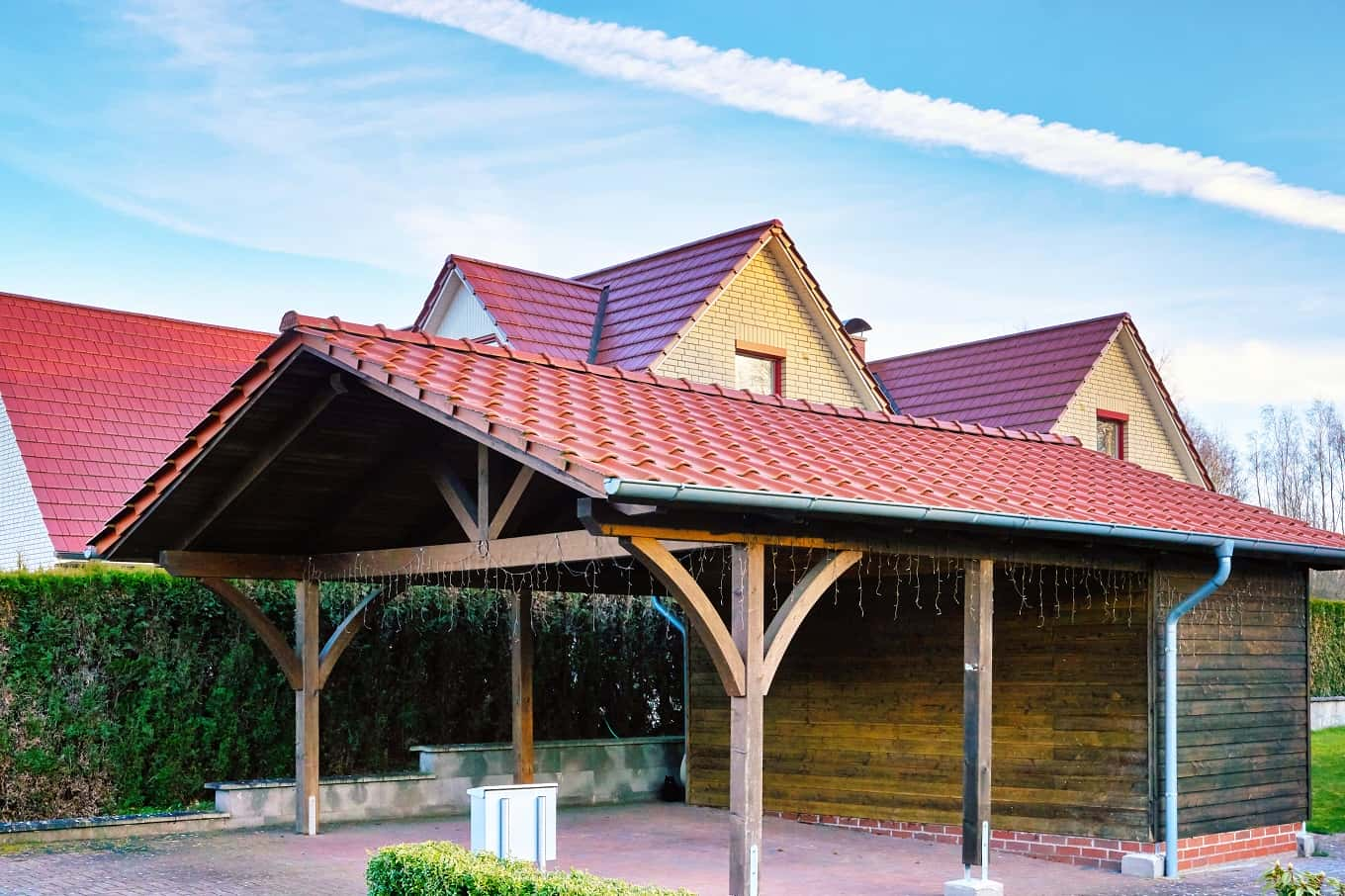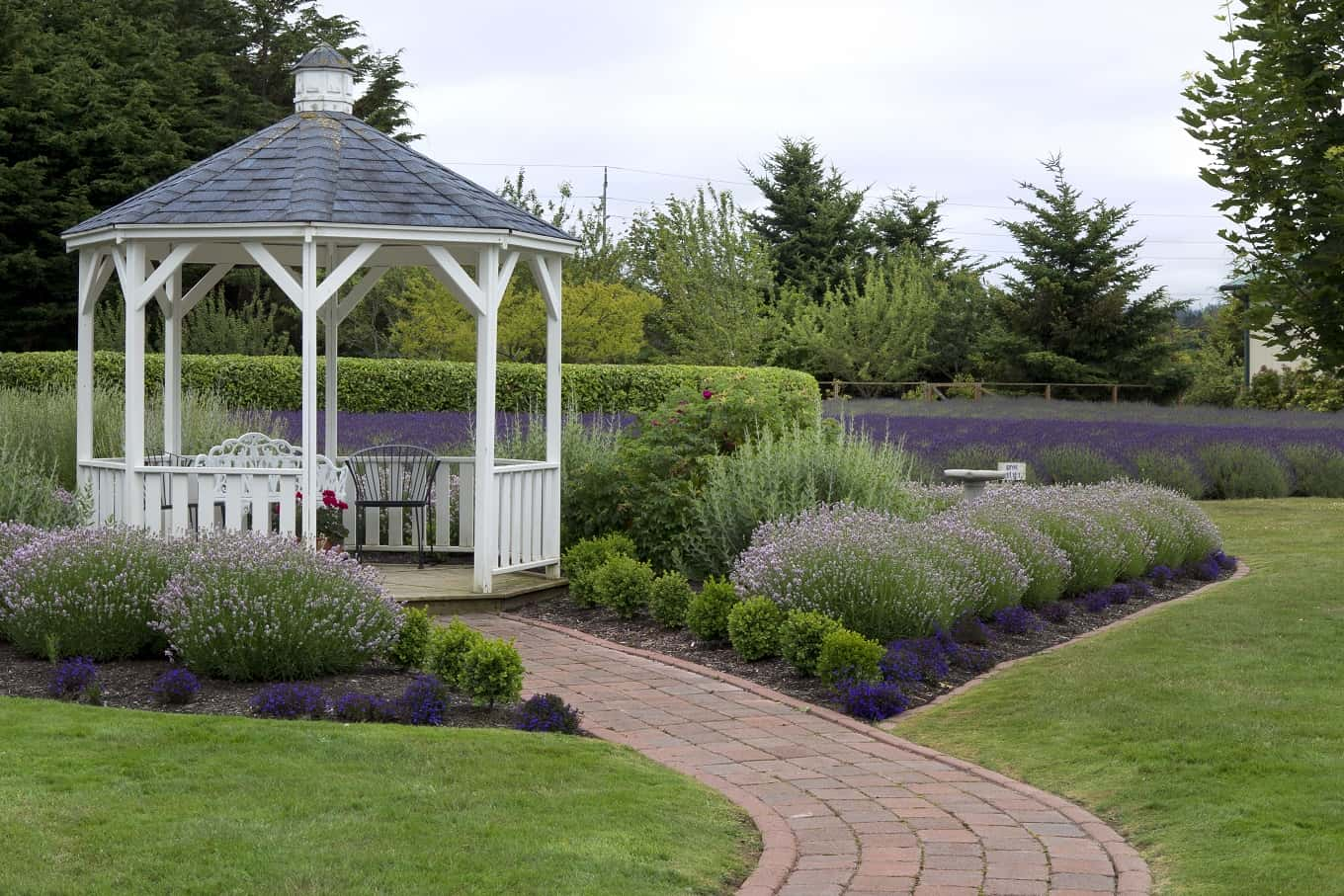Energy efficiency is one of the key trends in modern construction, which is becoming increasingly popular among owners of cottages and allotments. By choosing ecological solutions, you can not only reduce the maintenance costs of such a facility, but also take care of the natural environment and improve the comfort of life. In this article, we will answer questions about the characteristics of energy-efficient houses and what is worth knowing before buying or building them.
What materials are used to build energy-efficient houses?
The construction of energy-efficient houses is based primarily on the use of materials with high thermal insulation. Among them, it is worth mentioning wood, which is a natural raw material with excellent thermal and acoustic properties . In addition, materials such as mineral wool, polyurethane foam or polystyrene are also used, which provide appropriate thermal and moisture insulation. It is also worth paying attention to the selection of appropriate windows and doors with a low heat transfer coefficient , which additionally increase the energy efficiency of the building.
Energy-efficient houses increasingly use modern technologies that allow for reduced energy consumption and the use of renewable energy sources. The most popular solutions include the installation of photovoltaic panels , which convert solar radiation into electricity. In addition, it is worth investing in heat recovery systems, i.e. heat recovery from the air exhausted from the interior of the building. It is also worth considering the installation of a heat pump , which allows for efficient heating of the house with low energy consumption.
How to design an energy-efficient house
Designing an energy-efficient house should take into account both the selection of appropriate materials and technologies, as well as the shape and orientation of the building to the cardinal directions. This allows for the maximum use of natural lighting and solar heat . It is also worth taking care of the proper ventilation of the rooms and the use of control and monitoring systems for energy consumption. All these elements are crucial to achieving high energy efficiency and comfort of use of the house.



